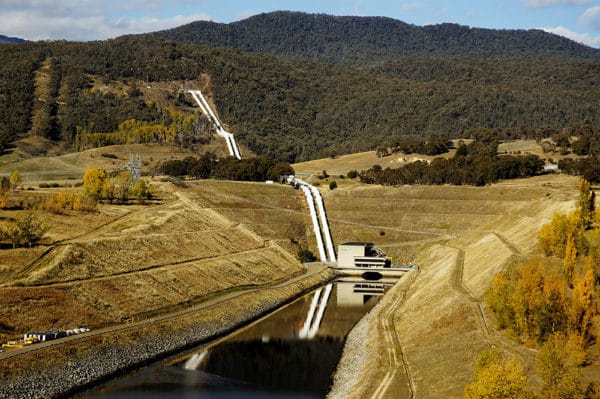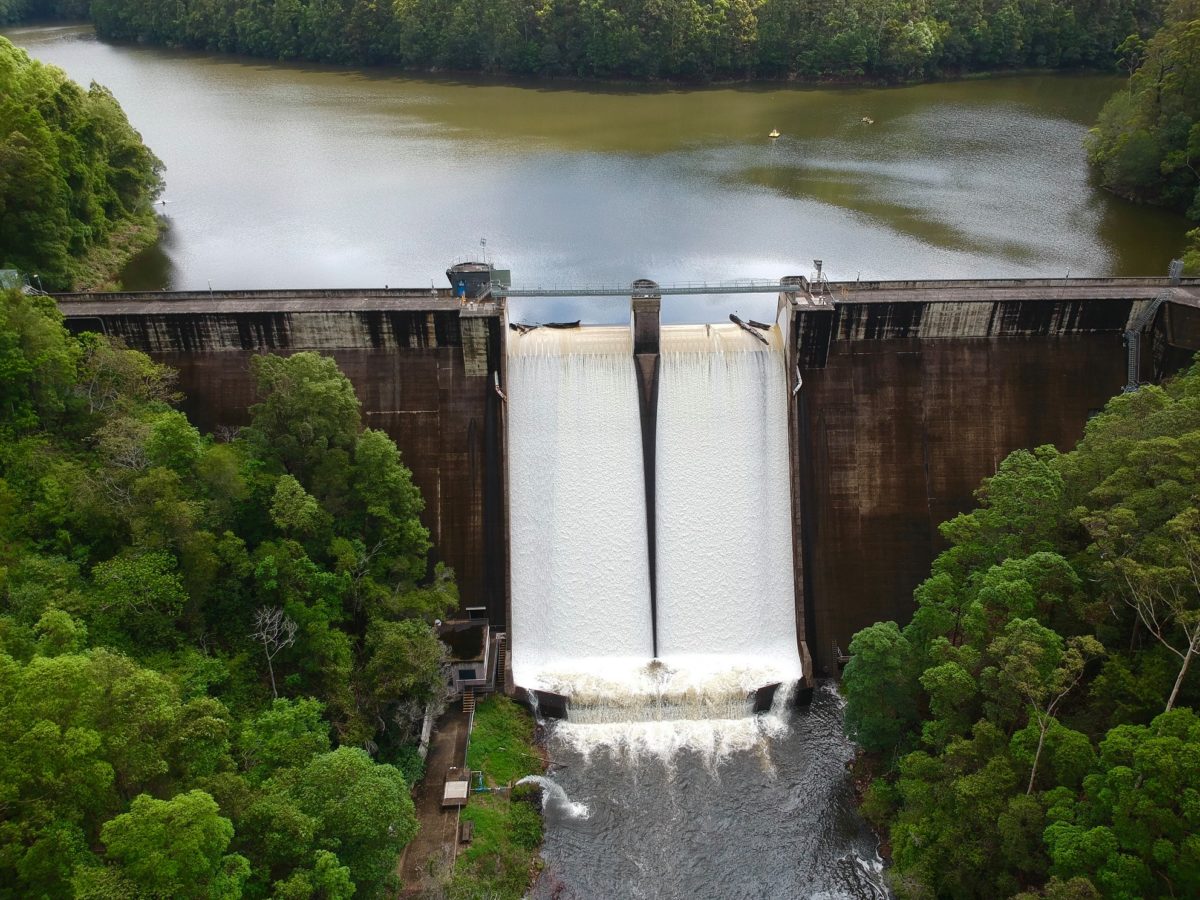A pre-feasibility study for a pumped hydro scheme at the 46,000 megalitre Borumba Dam has reportedly been completed by state-owned Seqwater and forwarded to the Queensland Government for further evaluation.
Solar Citizens energy strategist Stephanie Gray welcomed the news, saying the State Government needs to keep pace with the transition from fossil fuels to renewable energy and ensure there’s enough clean energy storage coming online.
“It’s been almost four years since the Queensland Government promised to undertake research on possible pumped hydro locations across the state and we’re still waiting to see the results,” she said.
“It’s great to finally see evidence that this work is progressing.
“Queenslanders are world leaders in the uptake of rooftop solar. Now we need to get serious about adding more storage, like batteries and pumped hydro, so we can utilise this abundant and cheap solar energy around the clock.”
Gray said the government would need to implement a 2 GW by 2025 storage target to provide valuable system strength and inertia to the grid, safeguarding security and reliability as it pushes towards its target of 50% renewables by 2030.
It was reported in the Brisbane Times on Friday that Borumba Dam was one of two sites identified by Seqwater as a potential location for a pumped hydro facility. The other is in north Queensland, but the report indicated the site that stacked up best for the south-east from a feasibility perspective was Borumba Dam.
The dam has long been considered a likely site for a pumped hydro facility. University of Queensland energy expert Professor Simon Bartlett identified it as a suitable site for a 1000 MW pumped hydro site more than five years ago, suggesting such a facility could power 400,000 homes.
Bartlett said the state government had obtained land near Borumba Dam, upstream on Yabba Creek, and near Mount Byron, west of Somerset Dam, for potential pumped hydro dam sites in 1985.
“I have no hesitation is stating that these schemes are not only feasible, but are the best sites available in Australia, to my knowledge,” Bartlett told the Brisbane Times.

Image: Snowyhydro
Bartlett said both sites were “eminently capable” of being developed as large pumped hydro sites, describing them as more suitable than the Snowy 2.0 scheme in New South Wales’ Snowy Mountains.
Snowy 2.0, which will provide 2 GW of fast-start, dispatchable energy and provide 350 GWh of large-scale storage – enough to power the equivalent of 500,000 homes for over a week during peak demand – involves linking the Tantangara and Talbingo dams via 27 kilometres of tunnels.
“They are actually a lot better than the Snowy 2.0 scheme – mainly it is a much shorter distance from the upper reservoir and the lower reservoir,” Bartlett said.
“It is less than two kilometres, whereas (Snowy 2.0) is 27 kilometres, so there is a lot less tunnelling and a lot more efficient schemes.”
Bartlett said Borumba Dam is also close to the main north-south electricity transmission line, meaning it would be relatively cheap to connect to the National Electricity Market (NEM).
The Borumba Dam report comes after GE Renewable Energy announced in January it had signed an agreement with Australian-based consortium BE Power to co-develop the 400 MW Big T pumped hydro storage project at Cressbrook Dam, about 200kms away near Toowoomba.
Upon completion, the Big T pumped hydro power plant is expected to produce enough electricity to meet the consumption of about 200,000 local homes. When pumping, it will provide long-duration, high-capacity storage to absorb excess wind and solar output.
Elsewhere in the state, Genex Power is expected to start construction in the coming weeks on the massive 250 MW Kidston Pumped Hydro Storage Project in far north Queensland.
The developer announced late last month it was on target to deliver the final funding required for the project, which will be located alongside the existing 50 MW Kidston Solar Farm, to proceed.
This content is protected by copyright and may not be reused. If you want to cooperate with us and would like to reuse some of our content, please contact: editors@pv-magazine.com.









By submitting this form you agree to pv magazine using your data for the purposes of publishing your comment.
Your personal data will only be disclosed or otherwise transmitted to third parties for the purposes of spam filtering or if this is necessary for technical maintenance of the website. Any other transfer to third parties will not take place unless this is justified on the basis of applicable data protection regulations or if pv magazine is legally obliged to do so.
You may revoke this consent at any time with effect for the future, in which case your personal data will be deleted immediately. Otherwise, your data will be deleted if pv magazine has processed your request or the purpose of data storage is fulfilled.
Further information on data privacy can be found in our Data Protection Policy.